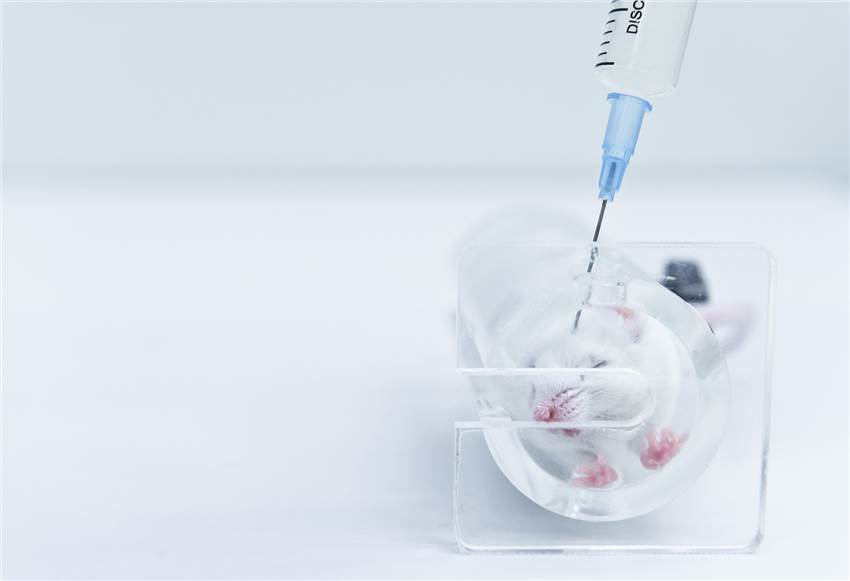The purpose of a carcinogenicity test is to identify the potential tumorigenicity of a drug in animals in order to evaluate and predict the possible harm it may cause to humans. It comprises subjecting the animal to the test substance for a sizable chunk of its lifespan and examining lesions that develop in various organs and organ systems, both benign and malignant. Rodent carcinogenicity tests should be conducted on medications that patients are anticipated to take for an extended period of time.
Our company provides customers with professional carcinogenicity testing solutions, conducts carcinogenicity tests under GLP conditions, establishes carcinogenicity test evaluation systems, and helps address concerns arising from data from laboratory studies, animal toxicity tests, and human applications.
Carcinogenicity Studies
Our company has veterinary pathologists and toxicology pathologists with many years of experience in diagnosing carcinogenic tests. We also have a first-class high-level pathology team as well as a comprehensive and complete tumor marker-assisted diagnosis. After years of practice, we have accumulated rich relevant experience and historical control data and established a background database of spontaneous lesions in experimental animals including a picture library of spontaneous tumors.

We usually use the Tg-rasH2 transgenic mouse model for carcinogenicity testing to shorten the test duration, reduce the number of animals and lower the cost. Regulatory agencies typically approve such tests in lieu of the 2-year mouse carcinogenicity test.
Carcinogenicity Testing Solutions
Our company offers carcinogenic test solutions that are generally divided into long-term carcinogenic tests and short-term rapid screening methods.
Long-term carcinogenicity tests
The majority of tests are carried out on mammals, most frequently on rodents like rats and mice and, if accessible, on non-rodents like dogs and monkeys. Long-term carcinogenicity experiments in intact mammals produce trustworthy data, however, the procedures take a long time to complete.
Short-term rapid screening assays
- Mutagenicity test method:
The most used mutagenicity test is the Ames method, which is based on the idea that somatic mutations are what cause carcinogenesis. The most popular method for quick screening of carcinogens is this one since it is straightforward, sensitive, and dependable.
- In vitro mammalian cell transformation assay:
Exposure of a mammalian cell line to a test substance in vitro may cause normal cells to change in morphology and physiological properties and resemble cancer cells if the test substance has a carcinogenic effect. The cell transformation is not tumorigenic, but indicates that the test substance may be carcinogenic and can be used for screening for carcinogens. As of now, the Ames test can screen out more than 98% of carcinogens when used in conjunction with the in vitro cell transformation test.

- DNA repair synthesis assay:
Ex-programmed DNA synthesis is the term for DNA repair that takes place following DNA damage outside of the typical replication synthesis phase (S phase). DNA molecules that are in the process of replication can be radioactively marked by incorporating 3H-thymidine (3H-dT). The amount of 3H-thymidine incorporation is determined by radioautography and liquid-flash counting, and the residual S-phase semi-retained DNA replication is inhibited by hydroxyurea.
Specific information on the Our company carcinogenicity assay is provided below.
| Test Type | Types of tumor markers to aid in diagnosis |
| 2-year rat carcinogenicity test | Epithelial cell source: Cytokeratin |
| 18-24 months mouse oncogenicity test | Neural tissue source: S-100, GFAP, Neurofilament |
| 6 months rasH2 transgenic mouse oncogenicity test | Myofiber origin: Actin smooth muscle |
| 6-month P53 knockout mouse oncogenicity test | Neuroendocrine tissue source: Chromogranin A |
| Immunodeficient mouse tumorigenicity/oncogenicity assay (cell therapy product) | Fibrous connective tissue origin: Vimentin |
If you are looking for the best solution for the safety evaluation of drugs for human use, please feel free to contact us.
It should be noted that our service is only used for research, not for clinical use.


